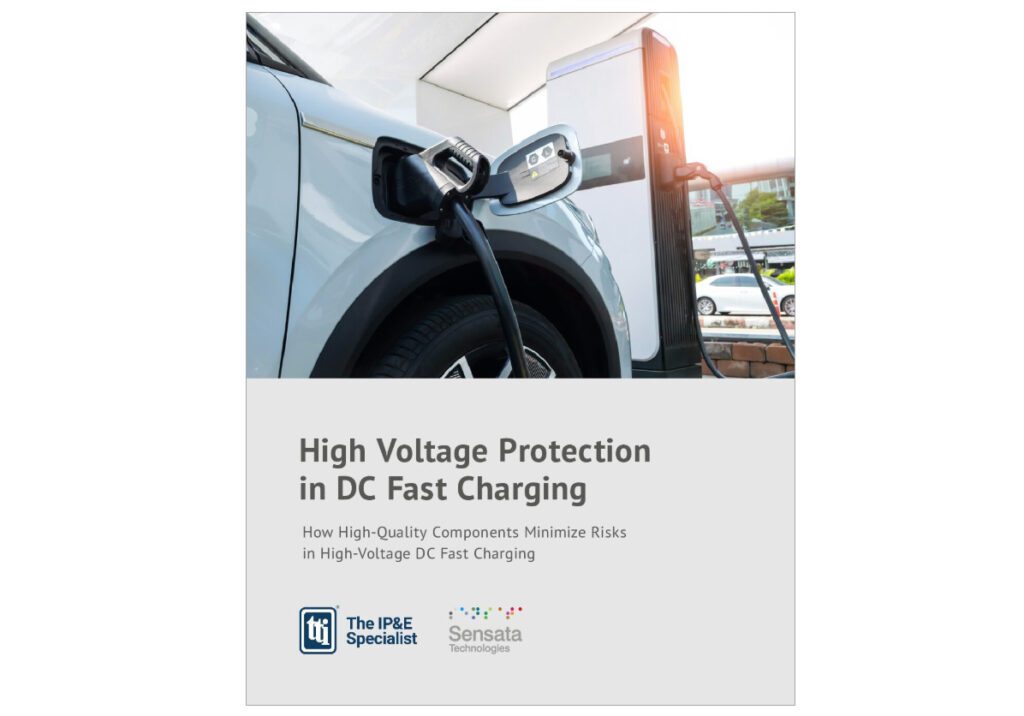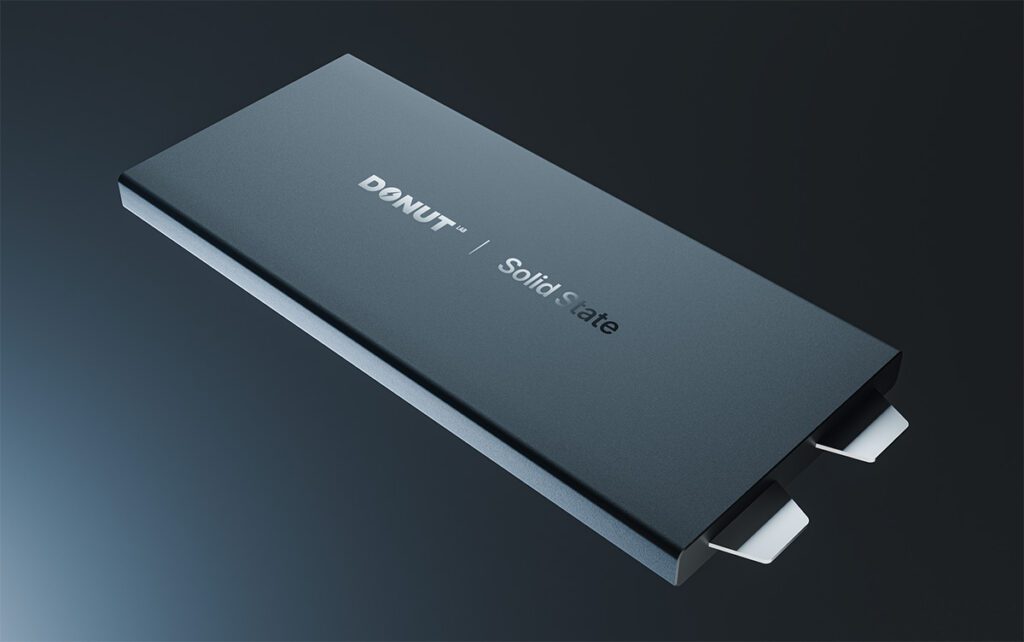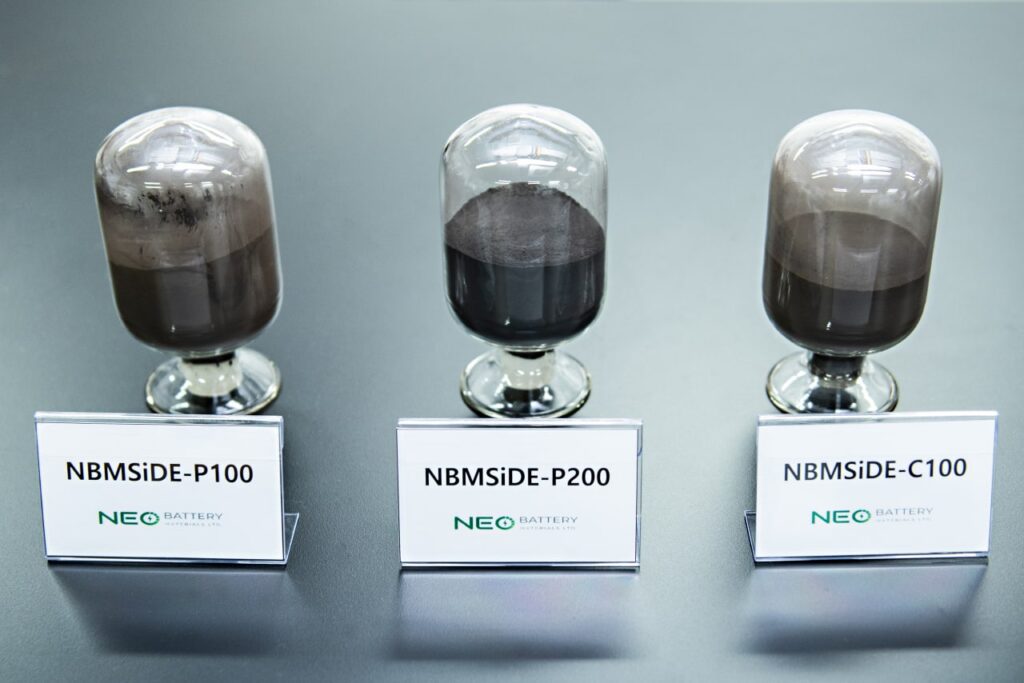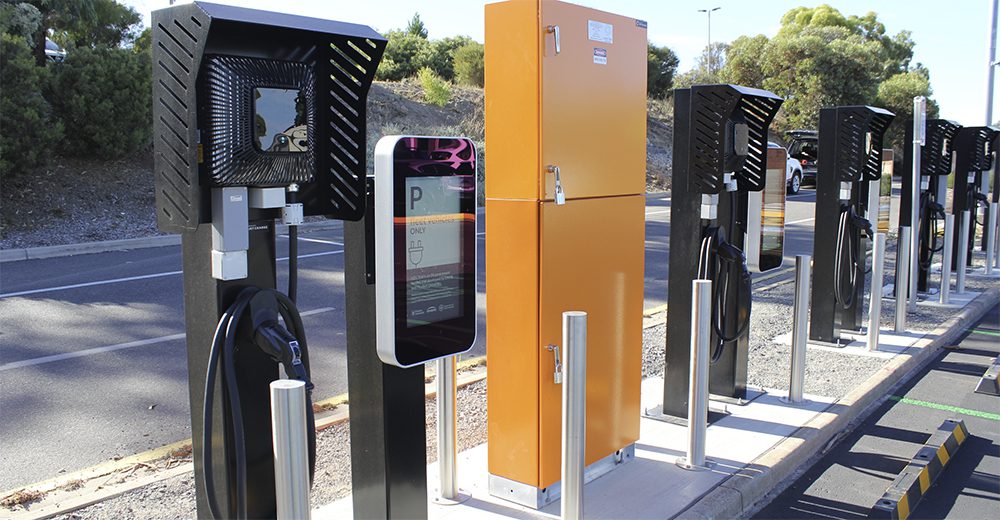EV fans tend to be divided into two groups: Greenies and Car Guys, and reaction to GM’s upcoming Hummer EV has, unsurprisingly, been divided along those lines.
Hummer good
Most of the media is ecstatic over the new machine. Many are praising its “bad-ass” looks (GM says it wanted to make it look “less military” than the H2, so it rounded off the boxy corners), and it features a number of interesting technical innovations.
Four-wheel steering enables not only tighter cornering, but also Crab Mode, in which the vehicle can drive in a diagonal direction. Ride height can be automatically adjusted—down a couple of inches for better aerodynamics at highway speeds, up five inches in Extract Mode, in case you get stuck on a stump while off-roading (or run over a little girl on a tricycle). There are no less than 18 cameras, which should improve visibility, and thus safety. Here’s a unique feature: in case the cameras get covered in mud (or blood), there are tiny windshield-washer-style sprayers to clean them off.
The Hummer EV will feature a 350-mile range, 350 kW fast charging, and a 0-60 time of just three seconds (wow). It has three motors (one on the front axle, two in the rear) each with 250 kW of power, which adds up to a whopping peak power of 1,000 hp (available only for short spurts) and about 1,000 lb-ft of motor torque (not the same as wheel torque).
Engineering Explained has released a video with a wealth of technical details, including some information not included in GM’s marketing splash. GM’s engineers told EE that the capacity of the pack is “over 200 kWh,” and EE calculates that the nominal capacity is probably between 201 and 219 kWh. The battery pack features GM’s Ultium battery tech, developed in partnership with LG Chem. It uses pouch-style cells based on a new NCMA chemistry that GM says uses 7% less cobalt than that used in the Bolt (score one point for the African kids). The pack, which operates at 400 volts (or possibly 800, using some electronic legerdemain), contains 24 modules, each with 24 cells.
Production will begin in fall 2021 with the Edition 1 trim, priced at $112,595. Following the usual playbook, GM will release progressively cheaper variants over the next few years: a $99,995 model in fall 2022, an $89,995 version in spring 2023, and a $79,995 offering in spring 2024.
Hummer bad
When GM killed the Hummer brand in 2010, Greenies celebrated the demise of a vehicle that symbolized waste, arrogance and bullying. A Sierra Club official once said the Hummer “embodied the worst impulses of the American auto industry.” GM’s reanimation of the menacing hulk shows that those impulses are as strong as ever.
Even the greenest of us agree that, if car buyers insist on having the largest SUVs and pickups they can get (as the auto industry assures us they do), it’s better that these mammoths be powered by electricity. However, efficiency matters. GM has not released an efficiency figure for the Hummer EV (surprise, surprise), but it’s probably safe to assume that it will be the worst of any passenger EV built to date. As we hope every Charged reader knows by now, the life-cycle emissions of an EV are far lower than those of a comparable gas vehicle, but they are not zero. Driving an electric Hummer will be cleaner than driving a gas Hummer, but it will probably be much dirtier than driving a Tesla Model X (Teslas are among the most efficient of EVs), and possibly just as dirty as driving a small fuel-efficient ICE car.

Large SUVs and trucks are also more dangerous for pedestrians than sedans or hatchbacks. Pedestrian fatalities in the US have soared along with the popularity of SUVs, and studies indicate that the higher front end of an SUV (or jacked truck) is more likely to kill pedestrians and cyclists. According to a 2018 report by the Governors Highway Safety Association, the number of pedestrian fatalities involving SUVs increased by 50 percent from 2013 to 2017, while those involving “passenger cars” increased by 30 percent. (Bigger cars are not solely to blame for the carnage—smartphones are also a major factor.)
Hummer gonna sell?
Some have criticized GM for the Hummer EV’s high starting price, but others point out that starting at the high end, then leveraging economies of scale and incremental improvement to work down to more affordable price, is a Tesla-tested, sensible strategy in today’s auto industry. Some others will surely counter that GM is not a cash-strapped startup, but rather an EV pioneer with a decade of plug-in vehicle production under its belt. It would have been perfectly feasible for GM to develop a smaller and more practical electric pickup and/or SUV aimed at the mass market.
Yes (chimes in a fourth group of pundits), but GM wanted something cool, something to grab headlines, and endorsements from tough-but-green icons like Schwarzenegger. GM has been running TV ads for the Hummer during the World Series (and so has Ford, for its Mustang Mach-E). Big Auto wants to make EVs sound cool, and that’s a welcome change (although some would say that running ads for EVs that are available to buy now would be even cooler).
This leads us to the same question we have to ask about every new plug-in vehicle from a legacy automaker. Will GM use the Hummer EV as a test bed for new technology that will later trickle down to other vehicle classes, or is it destined to be another halo model, designed to distract from the company’s inability to offer compelling mass-market EVs?
There are a number of questions that won’t be answered for a while. GM doesn’t even have a working Hummer EV yet. “We don’t have a vehicle yet,” said Chief Engineer Al Oppenheiser. “We’re building our first test vehicle as we speak; the vehicle you see in the video is our display vehicle.” What will the final production version weigh, and what will its aerodynamics be like? Will it be a viable competitor to Tesla’s Cybertruck, or to upcoming electric pickups from Rivian, Lordstown and Ford? Does GM even intend it to be? Time will tell.
Source: GM, Electrek, InsideEVs, Fast Company







































































































